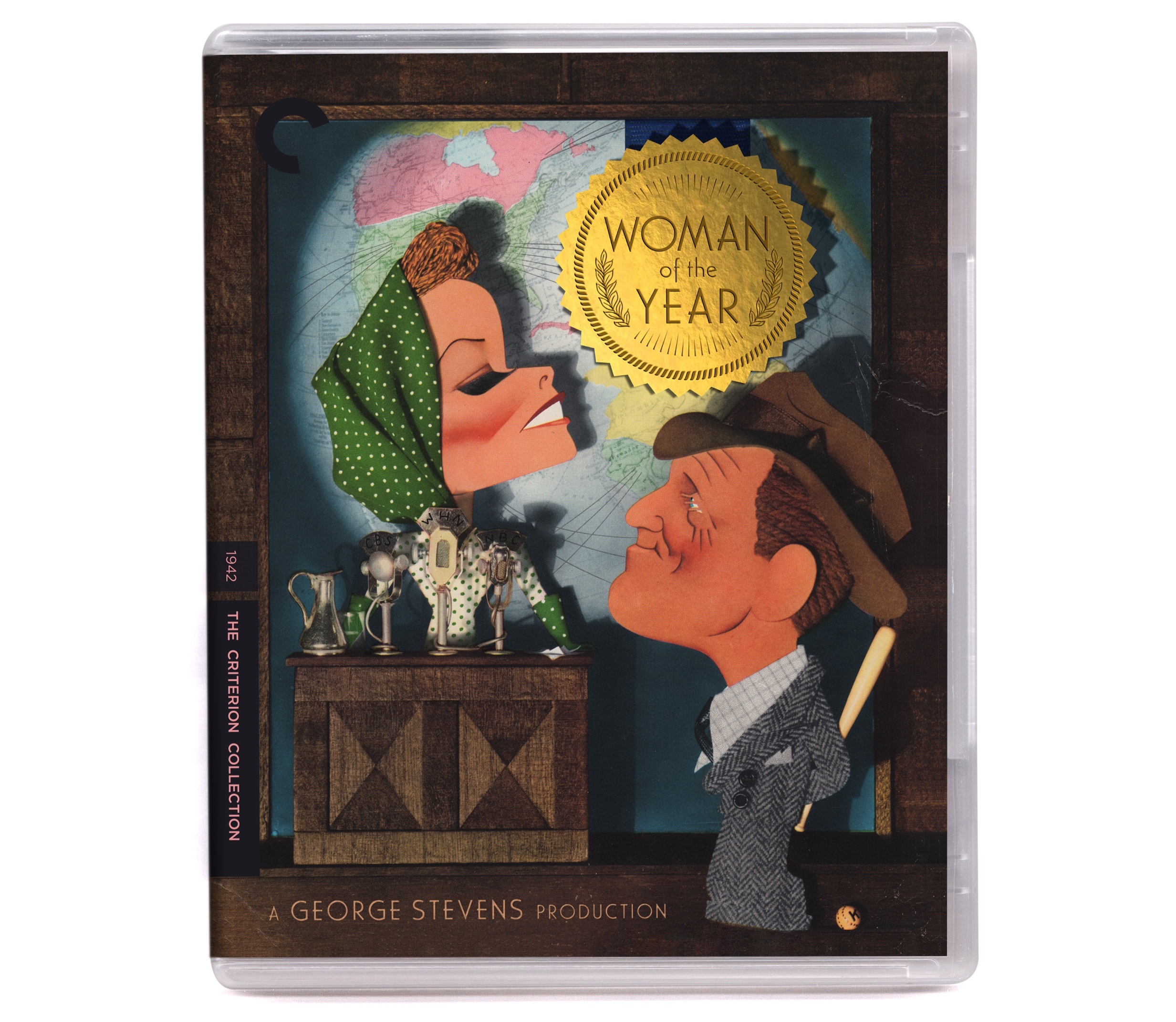King of Jazz is crazy pants. It’s a two-strip Technicolor fantasia directed by John Murray Anderson that’s been lovingly restored in all its lurid, can’t-look-away glory and presented in the highest quality by the Criterion Collection. If you know anything about music of the 1930s then you may question the movie’s assertions concerning jazz royalty. Such questions would be grounded in reason. You may need to put reason aside for this one in exchange for the unfolding spectacle. Giant pianos! Showgirls that tower over the streets of Manhattan! Oswald the Lucky Rabbit! All singing, all dancing, King of Jazz just about has it all and it’s brought to you through the strange magic of the two-strip Technicolor process. Red and green may not fully render the color spectrum but what color it does render is glorious.
The risque cover to this edition is a repurposed, vintage Film Daily advertisement that likely promoted the picture to exhibitors. It required some work to make the art camera-ready for the package. Art Director, Eric Skillman, provided it with the ad copy already removed. It was then up to me to recreate the lettering along the bottom in order to accommodate the director’s name. We also wanted to remix the color so that it drew from the two-strip palette and integrate better with the film imagery used throughout.
The name of the game with King of Jazz is variety. The structure of the movie owes more to vaudeville than the conventional Hollywood musical. There are some spoken intros and a handful of skits but there’s no over-arching narrative. It plays like a night at the Orpheum only with the overlay of seriously inventive movie magic.
It felt to me the best compliment to that structure is to cram as much variety into the typography as possible, so that the pages of the 16 page booklet as well as each screen of the DVD menus would offer something special at every turn. The type styles and techniques come straight from the jazz age yet were filtered through the movies quirky sensibilities.
The collages, mirroring and kaleidoscopic imagery in the booklet —all techniques used in the movie— are born of practical necessity. The pictures are all frame grabs from the movie. Even when the source is high resolution, it tempts the fates to use frame grabs from a movie of this era. The grain structure can be formidable. You’ve got to reduce the size of a picture in order for it to tighten up. By creating backgrounds that are assembled of multiple frames that have been reduced over all, the integrity of the pictures hold up a lot better. The feeling I hoped to impart with the booklet was something that felt like a theater program handed out of the night of the big show.





















